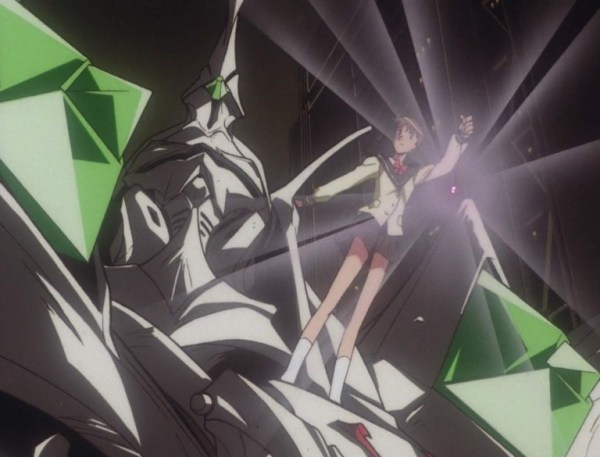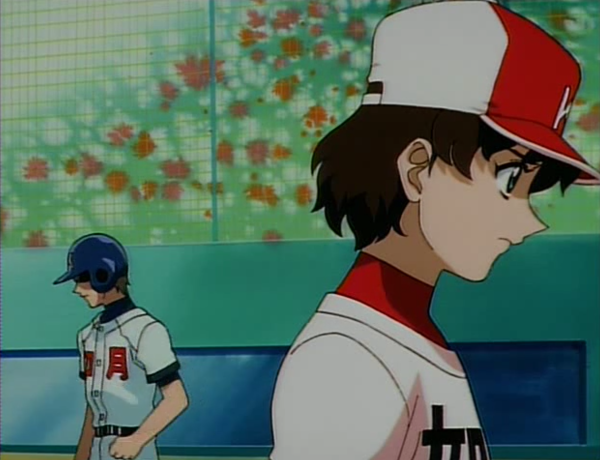
Set in 1900 England, Goodbye, My Rose Garden tells the story of the young noblewoman Alice and her maid Hanako as the two connect over their shared passion for fiction and eventually fall in love. Steeped in references to the history and literature of the Victorian era, the series draws on turn-of-the-century reality and fantasy alike to highlight the intersectional struggles of queer women of the period.
Utilizing the narrative devices of early feminist and women-loving-women (wlw) literature, Rose Garden encourages its audience to expect a melancholy love story. However, it swerves in its finale to offer an unambiguously romantic, happy ending, arguing against “inevitable” heteronormativity and providing a shining example of how to write nuanced, happy historical queer fiction for a modern audience.
Click here for the full article on Anime Feminist!
If you like the dishes AniFem is serving up, please consider becoming a patron for as little as $1 a month!









